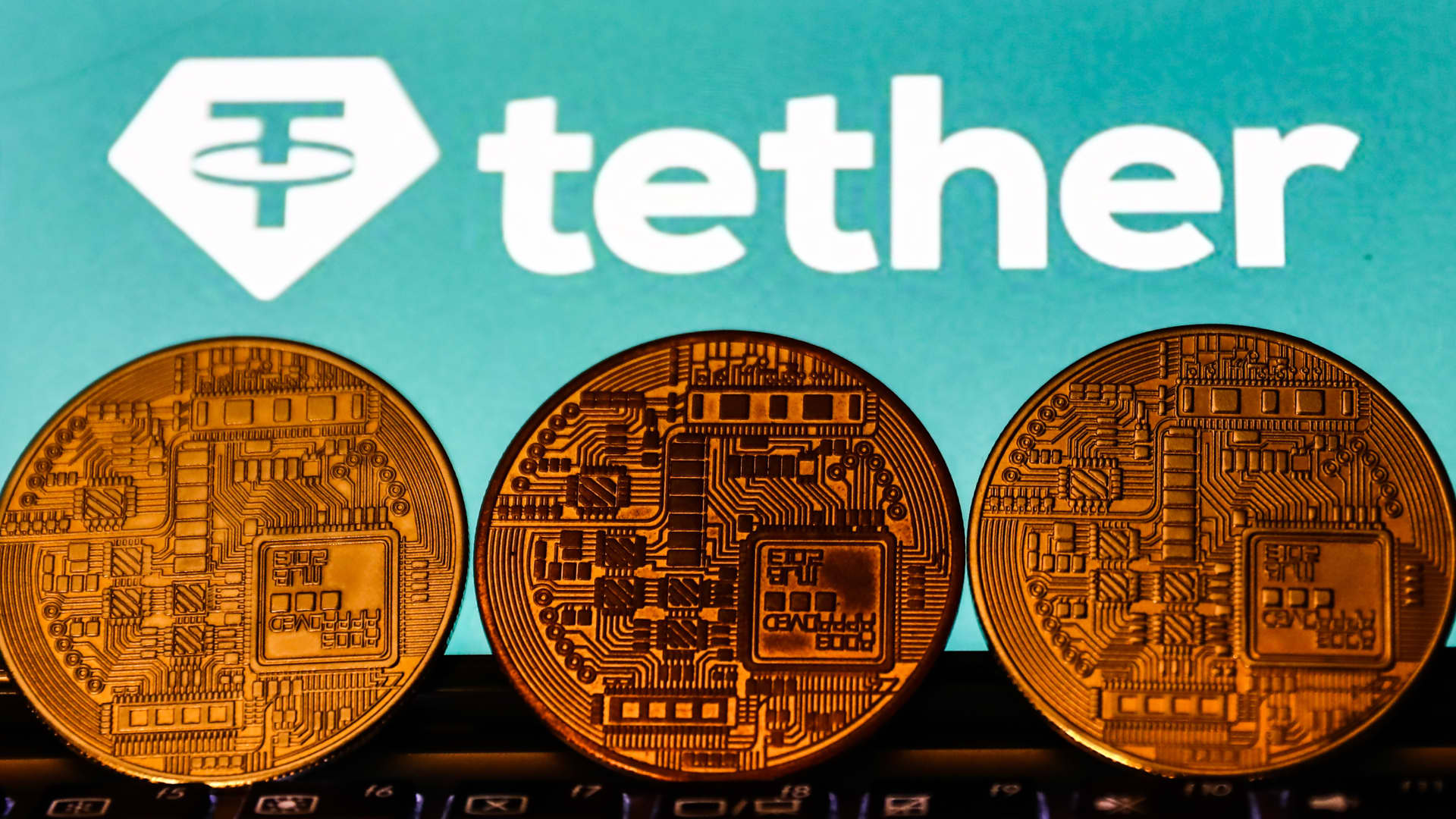
Crypto firm Tether has been reducing the amount of commercial paper in its reserves.
Jakub Porzycki | Nurphoto | Getty Images
Tether, the world’s largest stablecoin, broke below its $1 peg Thursday amid panic in the crypto market.
The token sank to as low as 98 cents at around 3:30 a.m. ET, according to data from CoinGecko. It’s meant to be pegged one-to-one to the U.S. dollar.
Tether’s decline came after terraUSD, a different stablecoin, plummeted below 30 cents Wednesday.
Vijay Ayyar, head of international at crypto exchange Luno, said the move was likely “speculation-driven fear” resulting from the fallout of UST’s plunge.
“The environment is ripe for such news events to cause ripples through the markets as we can see,” he told CNBC.
Stablecoins are kind of like the bank accounts of the crypto world, designed to serve as a sound store of value investors can turn to in times of market volatility. Tether and USDC, the two biggest stablecoins, are meant to be backed by a sufficient amount of money held in a reserve to ensure depositors can receive their dollars when they want to make a withdrawal.
But there have long been concerns about whether tether actually has enough assets to back up its intended $1 peg. Tether, the company of the same name, previously said all its tokens were backed one-to-one by dollars held in a reserve.
However, after a settlement with the New York attorney general, it was revealed that Tether relied on a range of other assets including commercial paper, a form of short-term, unsecured debt, to back its token. Tether has since reduced the amount of commercial paper in its reserves and says it plans to lower its holdings further over time.
Earlier Thursday, Tether Chief Technology Officer Paolo Ardoino insisted tether holders would always receive $1 when redeeming their tokens.
Around 300 million tether tokens were withdrawn in the last 24 hours “without a sweat drop,” he tweeted.
Bitcoin and other cryptocurrencies took another dive on Thursday as investors reacted to fears around rising inflation and a deteriorating economic outlook, as well as tether decoupling from its dollar peg.